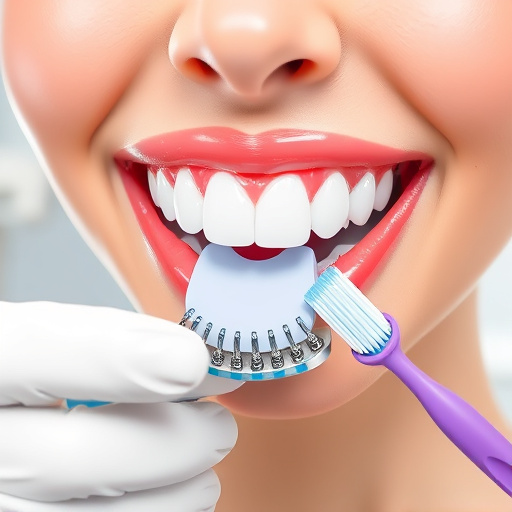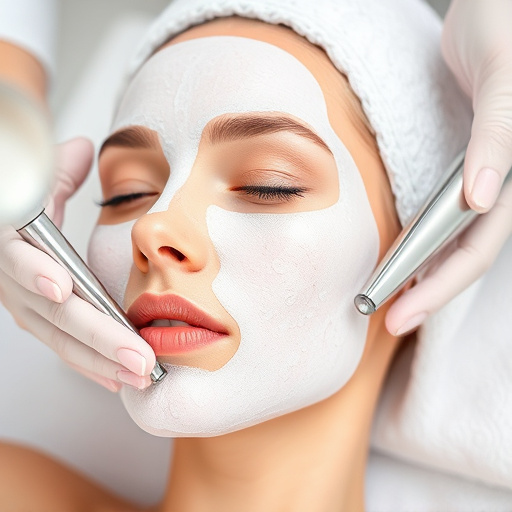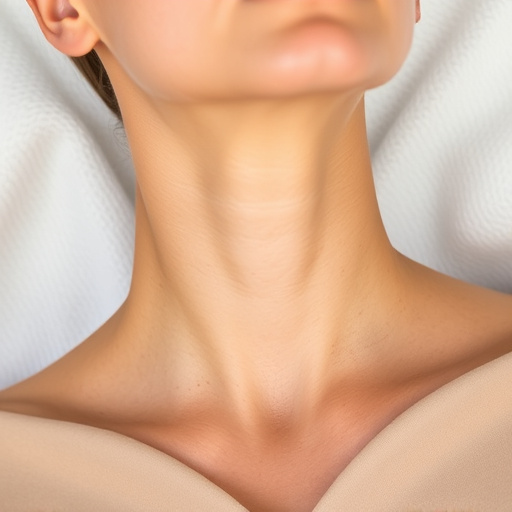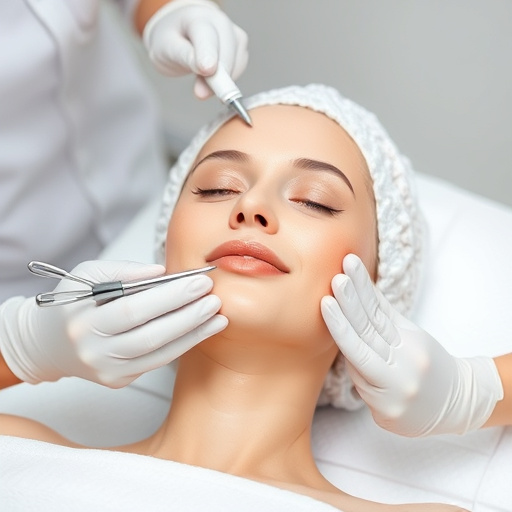Stretch marks, caused by rapid growth or weight changes, can be treated with various skincare methods. Topical creams with retinol, vitamin C, and niacinamide are popular home remedies. Chemical peels, microdermabrasion, laser hair removal, and collagen-stimulating serums offer professional non-surgical options. These treatments aim to minimize stretch mark visibility by exfoliating skin or fading pigment.
Looking to reduce the appearance of fading red and white stretch marks? This comprehensive guide explores effective stretch mark treatment options. We delve into the causes and types of these marks, providing insights that empower your journey towards smooth, even skin. From topical treatments to non-invasive procedures, discover a range of solutions tailored for minimal scarring. Uncover professional advice on achieving clearer, healthier skin, so you can feel confident in your body’s transformation.
- Understanding Stretch Marks: Causes and Types
- Topical Treatments for Red and White Marks
- Non-Invasive Procedures for Minimal Scarring
Understanding Stretch Marks: Causes and Types

Stretch marks, medically known as striae, are common skin imperfections that can leave red or white markings on various parts of the body. They often appear during periods of rapid growth or weight fluctuations, when the skin struggles to stretch and adapt. Understanding the causes is the first step in exploring effective stretch mark treatment options.
There are two main types: striae rubra, which are red and typically appear immediately after rapid stretching, and striae alba, the white variety, that develops over time as the marks fade. Various factors contribute to their formation, including hormonal changes, genetic predisposition, rapid weight gain or loss, and certain medical conditions. While they may be a source of concern for many, advances in skincare have led to several promising stretch mark treatment methods, from topical creams to professional procedures like customized facials and facial treatments, offering hope for minimizing their visibility.
Topical Treatments for Red and White Marks

Many people opt for topical treatments to address their fading red and white stretch marks. These at-home solutions can be effective in improving the appearance of marks over time. Ingredients like retinol, vitamin C, and niacinamide are popular choices due to their skin-boosting properties; retinol encourages cell turnover, vitamin C helps even out skin tone, and niacinamide reduces inflammation.
Chemical peels, another form of topical treatment, offer a more intense approach. By applying a solution of acid to the skin, these treatments can exfoliate deeper layers, revealing smoother, more even-toned skin underneath. While they may be effective for red and white stretch marks, it’s important to note that chemical peels are typically reserved for professional application due to their strength. In combination with other stretch mark treatments like body contouring (which primarily focuses on reducing the appearance of saggy skin), these methods can work synergistically to enhance overall skin quality and minimize the visibility of markings.
Non-Invasive Procedures for Minimal Scarring

For those seeking to reduce the appearance of stretch marks without invasive procedures, there are several non-surgical options available. One popular method involves using topical creams and serums formulated with active ingredients that stimulate collagen production and improve skin elasticity. These products can help fade red and white stretch marks over time by nourishing the affected areas.
Additionally, microdermabrasion and chemical peels are non-invasive treatments that gently exfoliate the skin, revealing smoother, more even-toned surfaces. Porerefinement procedures, such as those utilizing specialized tools or topical agents, can also minimize the appearance of stretch marks by improving skin texture and reducing the depth of scar tissue. Moreover, certain aesthetic treatments like laser hair removal, while primarily focused on hair reduction, may incidentally improve the overall look of stretch marks by decreasing the visibility of pigmented spots and scars.
While stretch marks can be a source of concern, understanding their causes and exploring effective stretch mark treatments offers hope for minimizing their appearance. From topical creams to non-invasive procedures, there are numerous options available for fading red and white marks. By choosing the right stretch mark treatment tailored to individual needs, one can achieve smoother, more even skin and restore confidence.














